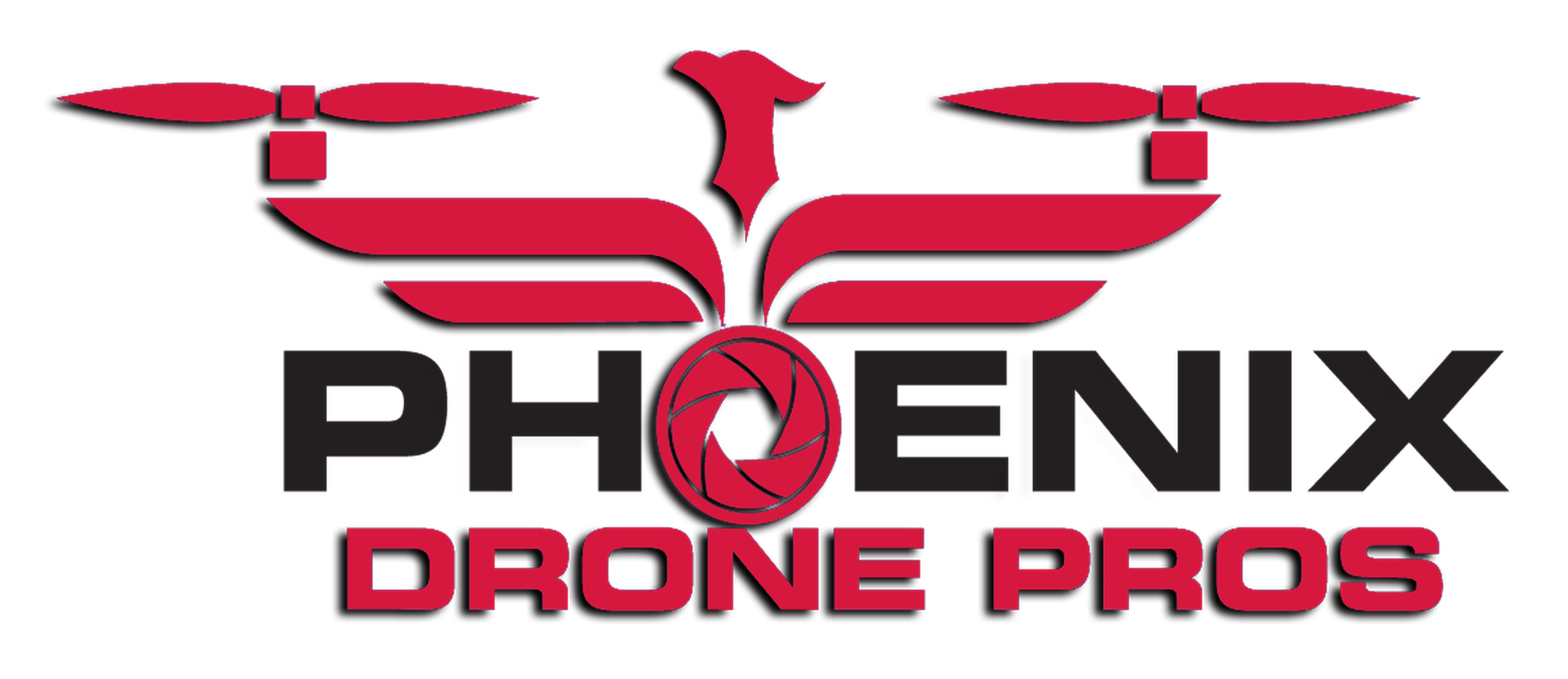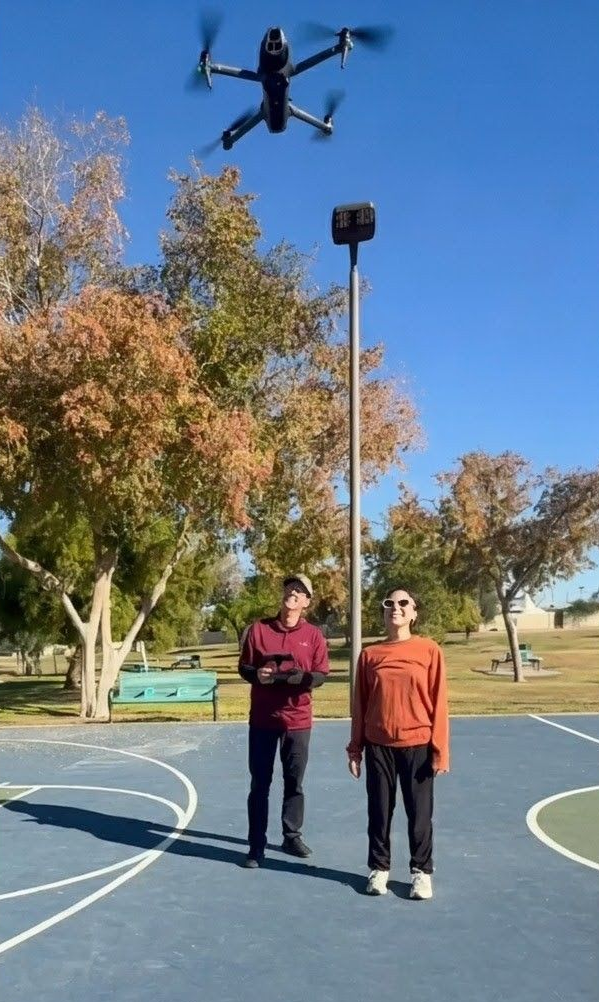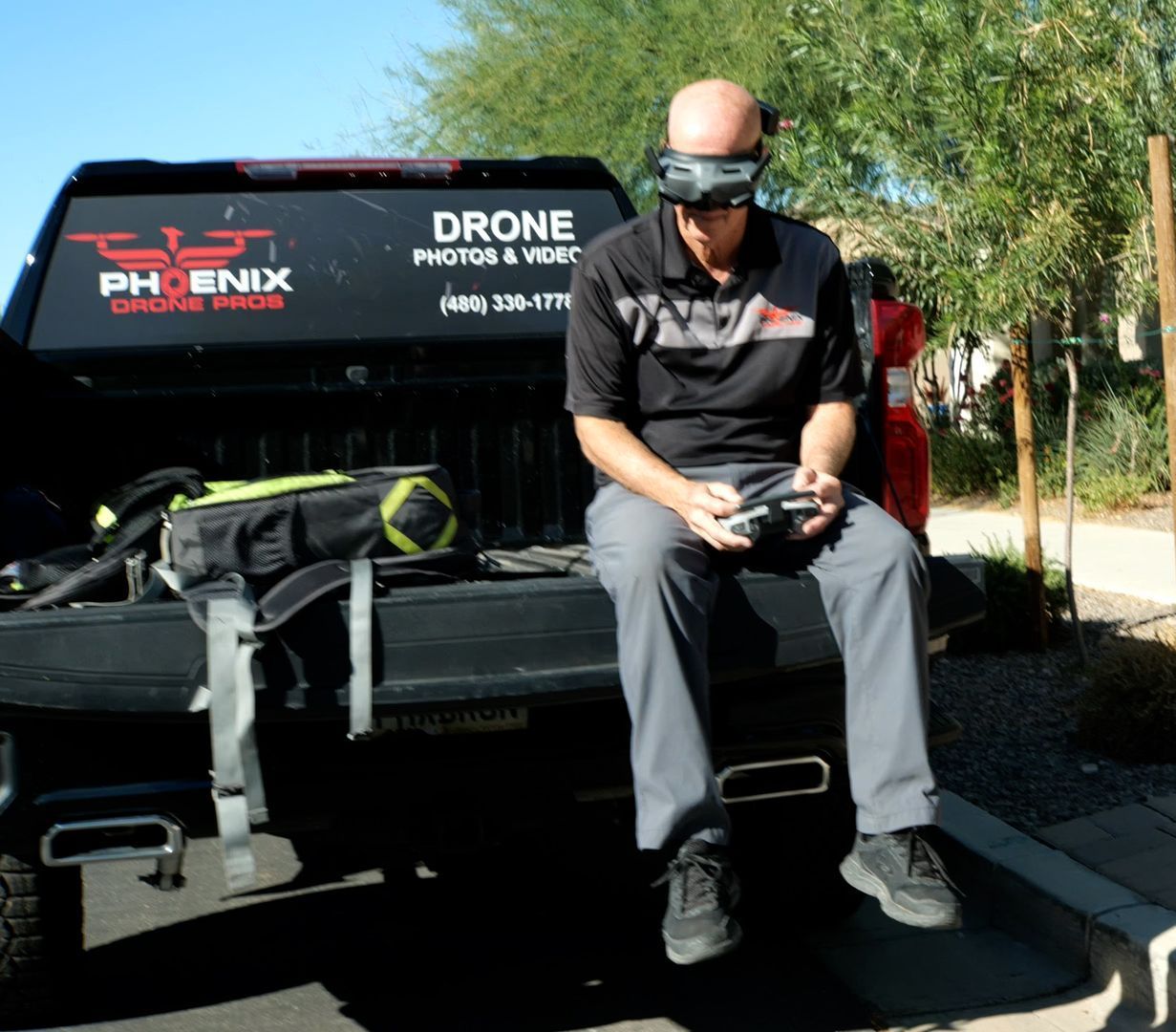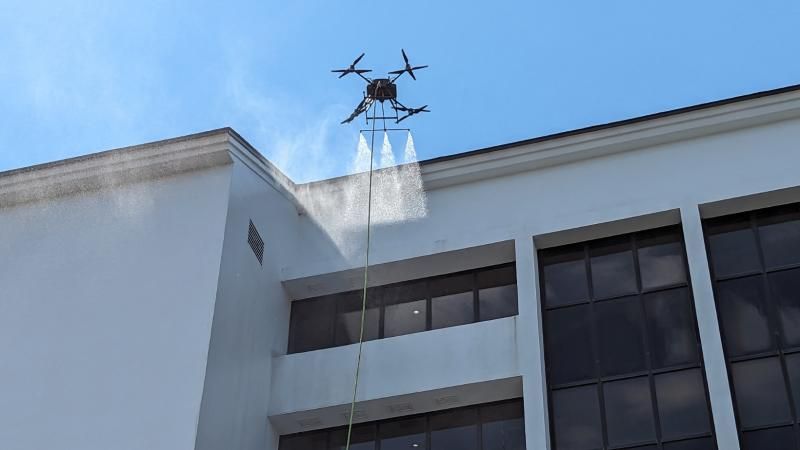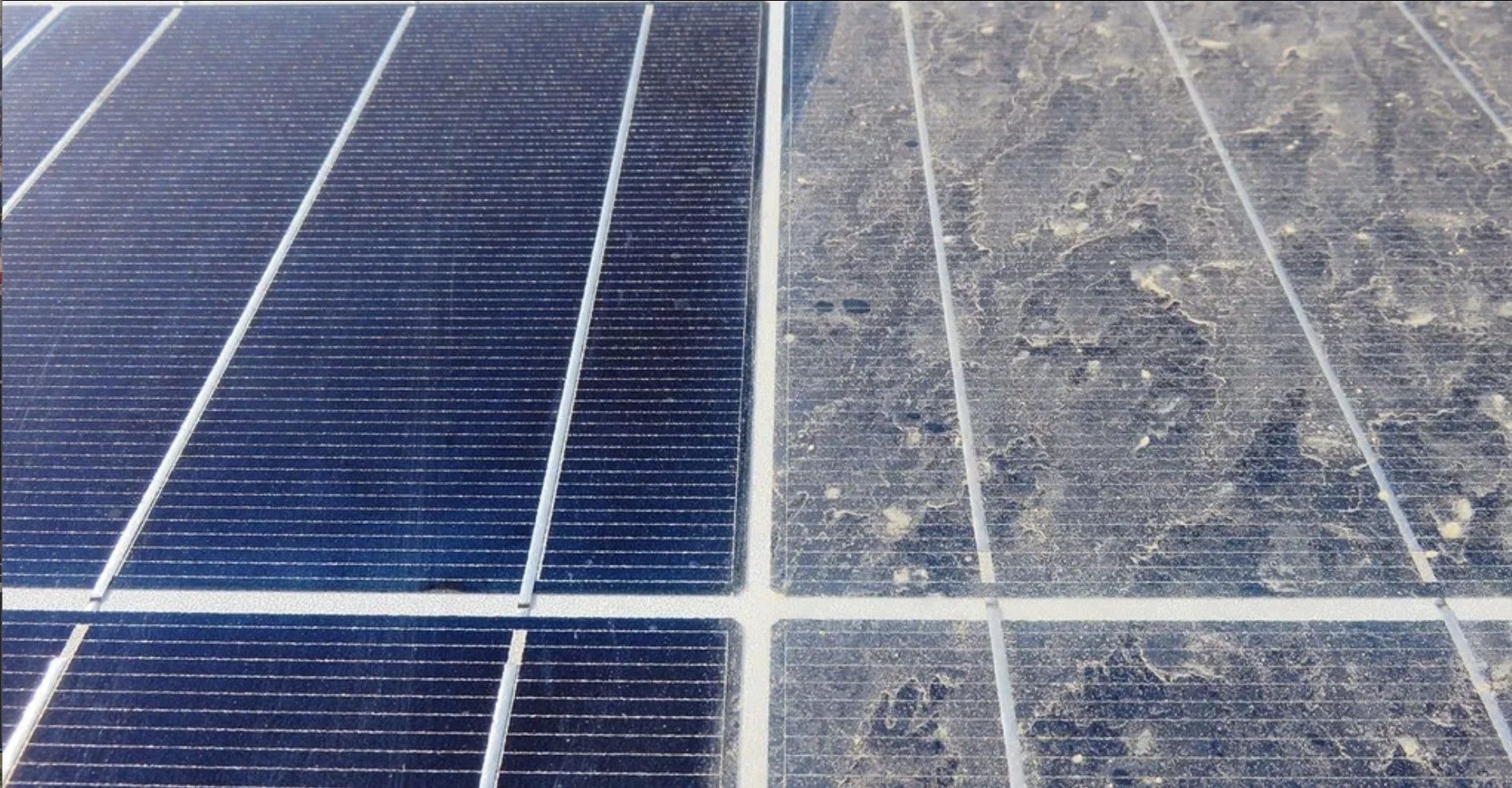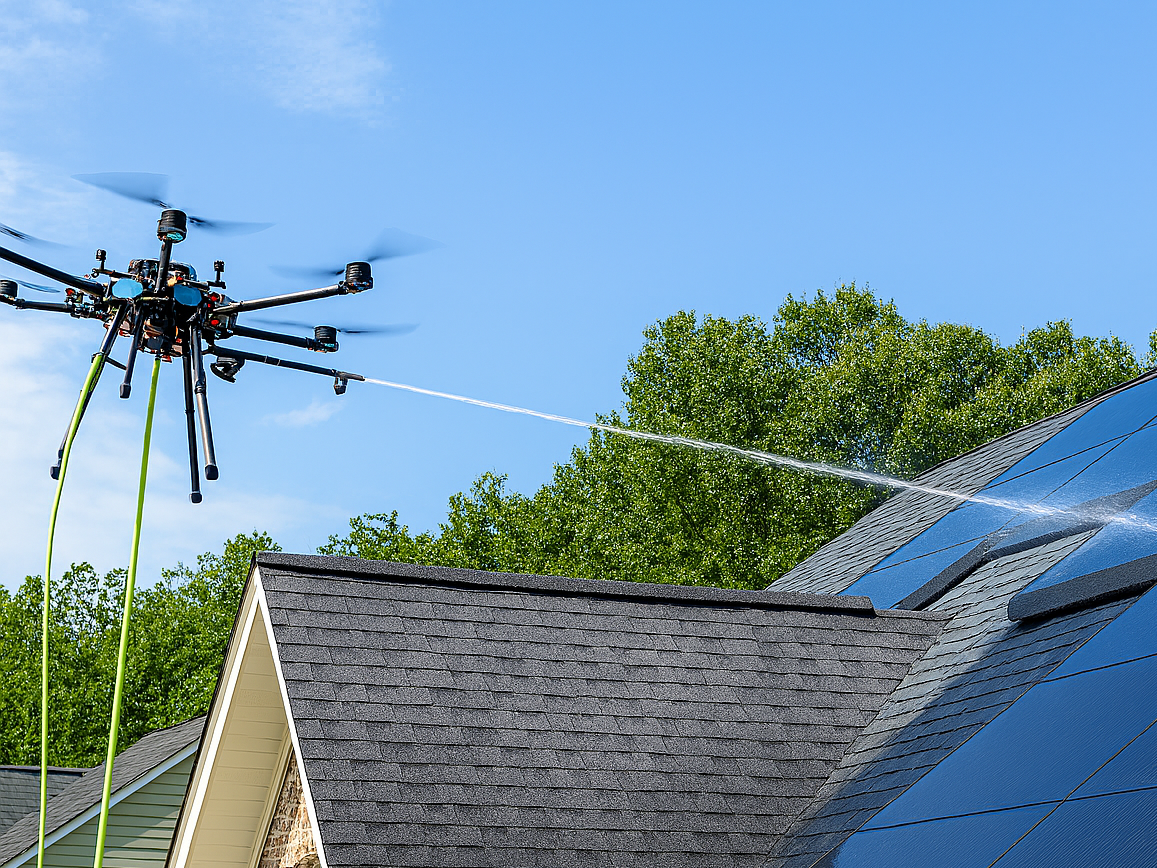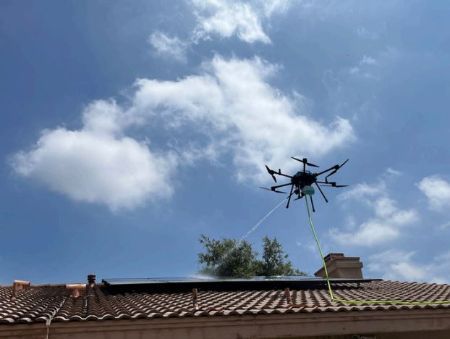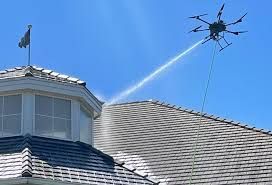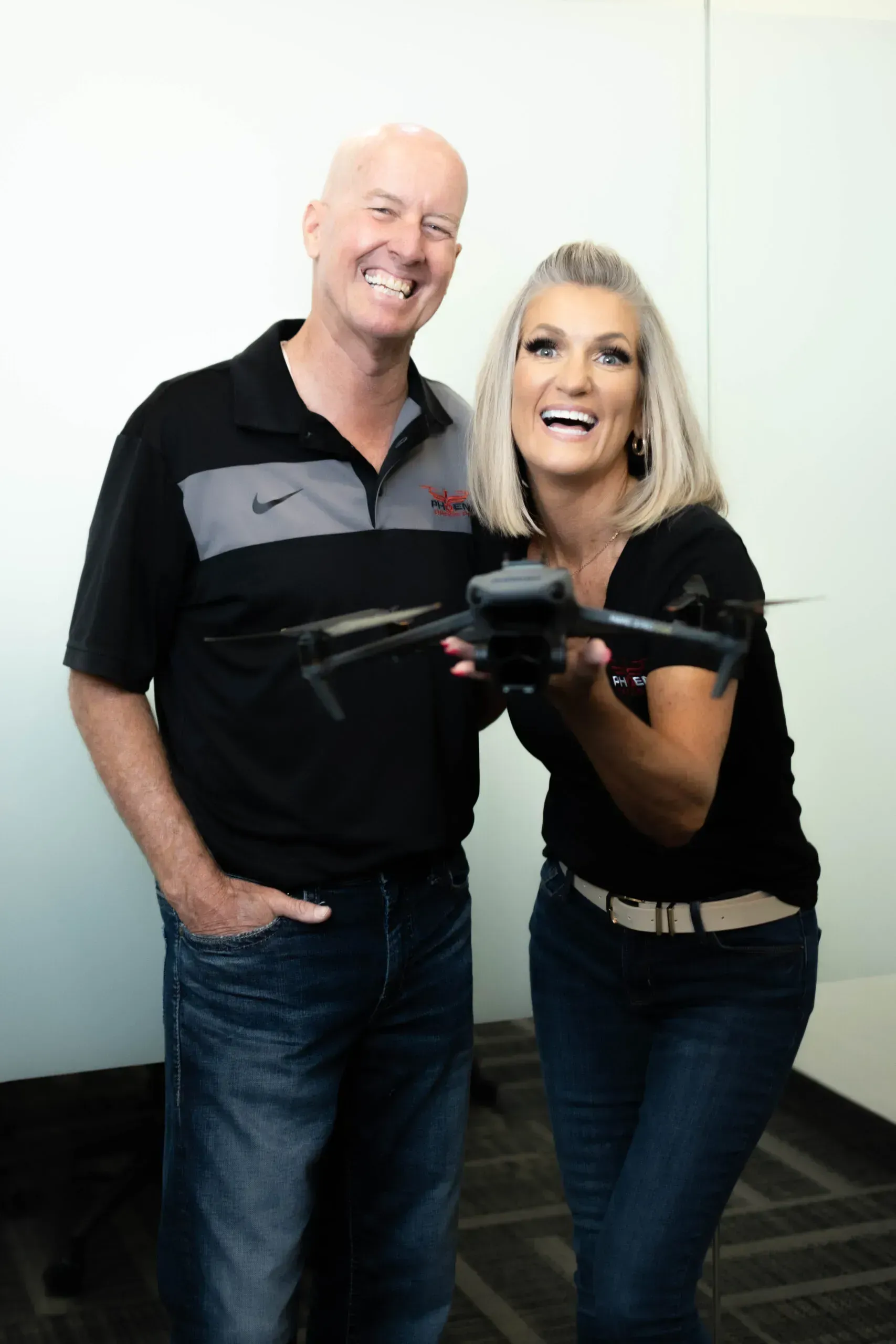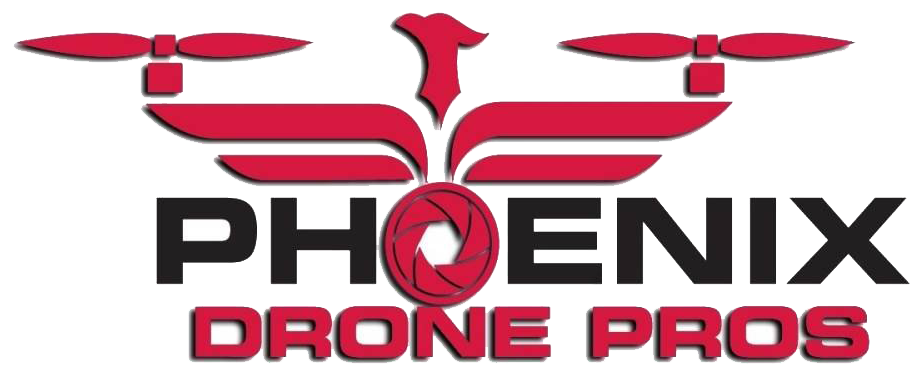Phoenix Drone Pros
Blog
Using Drones to Locate Lost Dogs with Thermal Cameras: Pros and Cons
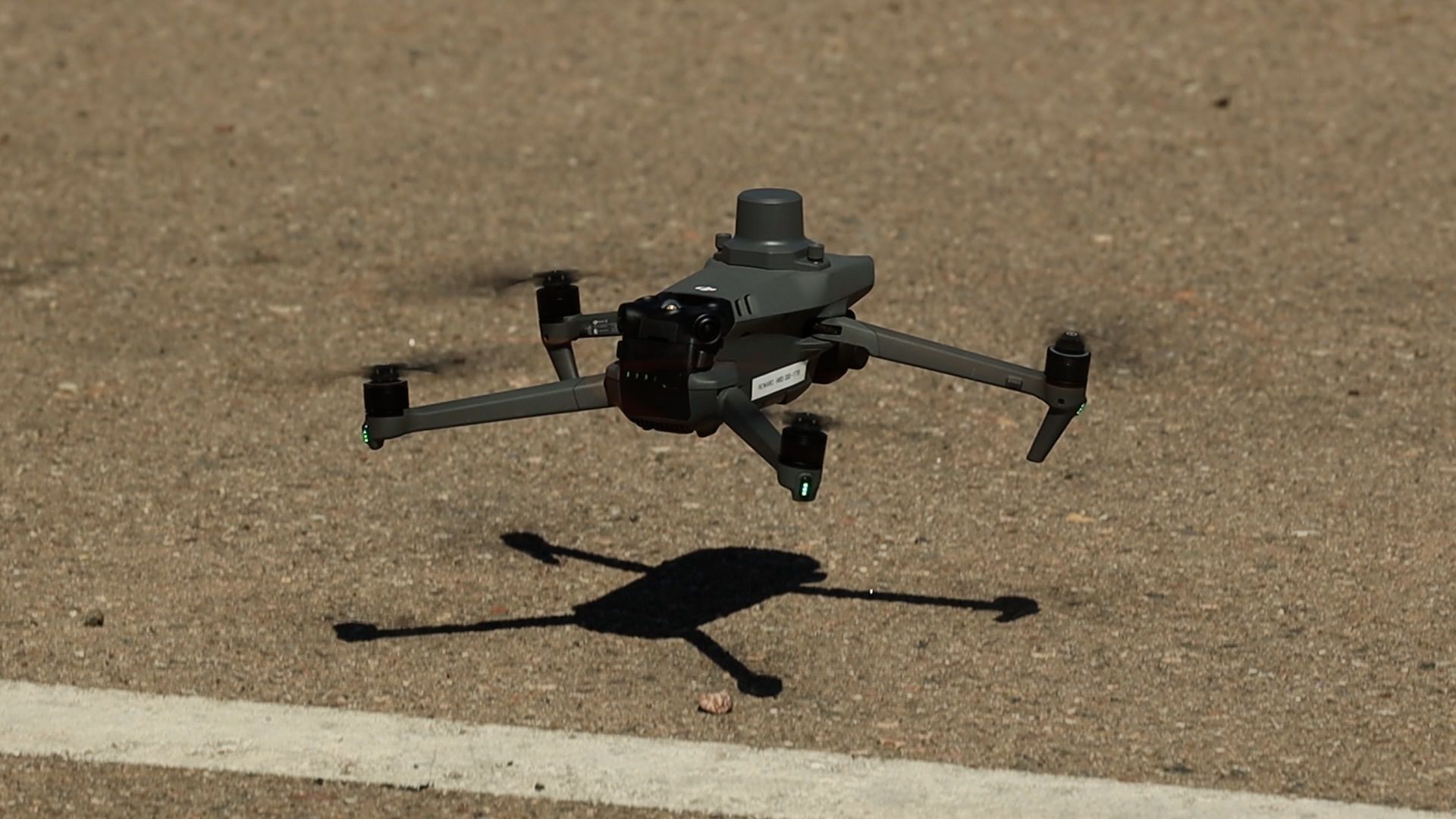
Losing a beloved pet can be a heart-wrenching experience. When traditional search methods fall short, innovative technology like drones equipped with thermal cameras offers a promising solution. At Phoenix Drone Pros, we specialize in search and rescue operations that leverage the power of drones to locate lost dogs quickly and efficiently. Here, we’ll explore the advantages and disadvantages of using drones with thermal cameras for this purpose.
The Power of Thermal Imaging in Search and Rescue
Thermal cameras are incredibly effective in detecting heat signatures, making them an ideal tool for locating living beings, such as dogs, in various environments. Unlike regular cameras, thermal imaging can see through foliage, underbrush, and even in low-light conditions, which is particularly useful during night searches. The ability to detect the heat signature of a dog means that even in challenging terrains, the chances of finding your lost pet increase significantly.
Pros of Using Drones with Thermal Cameras
Enhanced Visibility in Challenging Conditions:
Thermal cameras detect heat, allowing them to identify dogs hidden under dense vegetation or debris.
This capability is crucial in environments where visual identification is challenging, such as forests, fields, or urban areas with numerous hiding spots.
The ability to penetrate through obstacles that might obscure a regular camera's view can make all the difference in a search operation.
Speed and Efficiency:
Drones can cover large areas quickly compared to ground searches.
This speed is vital when every minute counts, increasing the chances of a successful rescue.
The quick deployment and mobility of drones mean that searches can be conducted more swiftly and comprehensively than traditional methods.
Accessibility:
Drones can reach difficult-to-access areas where ground teams might struggle, such as steep terrains, marshlands, or areas with dense undergrowth.
They can fly over obstacles and provide a bird’s-eye view, offering a comprehensive perspective of the search area.
This accessibility ensures that no area is left unsearched, thereby increasing the chances of locating the lost dog.
Real-Time Data and Coordination:
Live feed capabilities allow the drone operator to relay information instantly to search teams on the ground.
This real-time data enhances coordination, enabling searchers to respond swiftly to sightings.
The ability to provide immediate visual feedback helps in making quick decisions and adjusting search patterns on the fly.
Reduced Human Risk:
Drones can navigate hazardous areas, minimizing the need for humans to enter potentially dangerous environments.
This reduces the risk to search and rescue teams, ensuring their safety while maximizing search efficiency.
By keeping human searchers out of harm's way, drones not only expedite the search process but also enhance overall safety.
Cost-Effectiveness:
Using drones can be more cost-effective than deploying multiple ground search teams or helicopters.
Drones require fewer resources and can be operated by a small team, making them a practical option for extended searches.
The lower operational costs of drones make them an attractive option for pet owners and search teams alike.
Versatility:
Drones can be equipped with various sensors and cameras to adapt to different search scenarios.
In addition to thermal imaging, they can use high-resolution cameras for daytime searches and infrared sensors for improved night vision.
This versatility ensures that drones are effective in a wide range of conditions and environments, making them a valuable tool in search and rescue operations.
Cons of Using Drones with Thermal Cameras
Limited Battery Life:
Drones have a finite flight time, typically ranging from 20 to 40 minutes depending on the model and conditions.
This limitation requires careful planning and may necessitate multiple flights or spare batteries to cover large areas.
The need for recharging or battery replacement can interrupt the search process, potentially delaying the operation.
Weather Sensitivity:
Drones are affected by adverse weather conditions such as strong winds, heavy rain, or snow.
Poor weather can hinder flight stability, reduce visibility, and affect thermal imaging performance, limiting the drone's effectiveness.
Weather-related challenges can be a significant drawback, particularly in regions prone to inclement conditions.
Regulatory Restrictions:
Drone operations are subject to regulations that may restrict flight in certain areas, such as near airports or over private property.
Obtaining necessary permits and ensuring compliance with local laws can be time-consuming and may delay search efforts.
Navigating these regulatory hurdles requires expertise and can add complexity to the search process.
Training and Expertise:
Operating drones with thermal cameras requires specialized training and expertise.
Skilled pilots are essential to navigate complex search scenarios, interpret thermal imagery accurately, and make informed decisions during the search.
The need for trained operators means that not all search teams may have immediate access to this technology.
Potential for False Positives:
Thermal cameras detect heat signatures, which may include animals other than the lost dog.
Identifying the correct target requires careful analysis and may lead to false positives, necessitating verification on the ground.
The possibility of false positives can slow down the search process and require additional resources to confirm sightings.
Initial Investment:
High-quality drones and thermal cameras can be expensive, representing a significant initial investment for search and rescue teams.
However, the long-term benefits and potential savings in operational costs can outweigh the initial expenditure.
The cost barrier may be prohibitive for smaller search teams or individual pet owners.
Privacy Concerns:
Drone flights over residential areas may raise privacy concerns among residents.
Ensuring transparency and obtaining consent when necessary is crucial to maintain public trust and compliance with regulations.
Addressing privacy issues requires careful planning and communication with the community.
Conclusion
Using drones equipped with thermal cameras for locating lost dogs offers numerous advantages, including enhanced visibility, speed, and efficiency. However, it’s essential to consider the limitations, such as battery life, weather sensitivity, and regulatory restrictions. At Phoenix Drone Pros, we are committed to providing cutting-edge search and rescue services, leveraging the latest drone technology to reunite pet owners with their lost dogs.
Our experienced team understands the emotional toll of losing a pet and strives to deliver swift, effective, and safe search operations. By combining advanced thermal imaging technology with our expertise in drone piloting, we offer a reliable solution for pet owners facing the distress of a missing dog.
One of the most significant benefits of using our services is the peace of mind it offers. Knowing that experts are using state-of-the-art technology to search for your lost pet can provide immense comfort during a stressful time. Our drones are equipped with top-of-the-line thermal cameras, ensuring that no stone is left unturned in the search process.
Moreover, our team at Phoenix Drone Pros is highly trained and experienced in search and rescue operations. We understand the intricacies of interpreting thermal images and can quickly distinguish between different heat signatures. This expertise is crucial in ensuring that we can accurately locate your pet without unnecessary delays.
However, it’s also important to be aware of the limitations. For example, while our drones are incredibly efficient, their battery life is finite. This means that in large search areas, we may need to plan for multiple flights or have spare batteries on hand. Additionally, adverse weather conditions can impact the effectiveness of thermal imaging, and regulatory restrictions can sometimes limit where we can fly.
Despite these challenges, the advantages far outweigh the drawbacks. The speed and efficiency of drones, combined with the enhanced visibility provided by thermal cameras, make this technology a powerful tool in search and rescue operations. By choosing Phoenix Drone Pros, you are opting for a service that is not only cutting-edge but also backed by a team of dedicated professionals committed to reuniting you with your lost pet.
If you ever find yourself in the unfortunate situation of a lost pet, consider the innovative approach of drone-assisted search and rescue. With Phoenix Drone Pros, you can trust that your search is in capable hands, giving you the best chance of a happy reunion with your furry friend. Our commitment to excellence and our passion for helping pet owners make us the ideal choice for search and rescue operations.
In summary, the use of drones with thermal cameras offers a modern, efficient, and effective solution for locating lost dogs. The pros, including enhanced visibility, speed, and reduced human risk, make it an invaluable tool in search and rescue missions. While there are some cons to consider, such as battery life and regulatory restrictions, the benefits far outweigh these challenges. At Phoenix Drone Pros, we are dedicated to providing the best possible service to help reunite pet owners with their lost dogs. Our expertise, advanced technology, and commitment to excellence make us the best choice for all your search and rescue needs.

